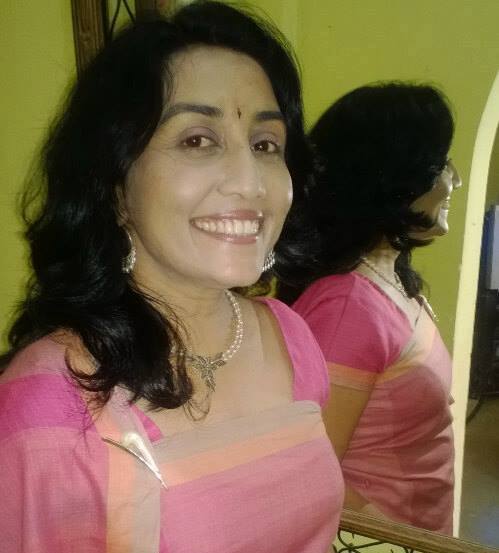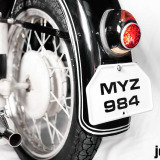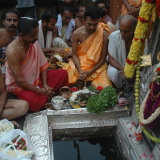
By P.T. Bopanna
The chapter I shared as curtain-raiser from my next book ‘Kodava Religion At Crossroads’ has triggered a huge debate in the Kodava community who hail from the Kodagu district in Karnataka.
In the article penned by Puliyanda Anu Chengappa, advocate, she has pointed out that Kodava marriage being in the nature of a contract, wrong assumptions have set in with the adoption of mainstream Hindu tokenisms.
To Anu’s article posted by me on Facebook page and groups, there is a comment from my Facebook friend Kolera Prithi (in picture). Prithi has been a keen follower of mine over the years, and she has also contributed Kodava recipes to my website www.coorgtourisminfo.com.
In her comment, Pritihi noted: “Would really want to know when the evolution started, cause my grand mums wore kumkum and karthe mani 90 years ago. The thali is not worn by kodavathis but the kartha mani sure has been worn for a long time now.”
In her article for my forthcoming book, Anu Chengappa, advocate, has noted: “The Kodava marriage being in the nature of a contract with binding rights and obligations, wrong assumptions have set in with the adoption of mainstream Hindu tokenisms. The mangalya or mangalsutra where‘mangal’ means auspicious and ‘sutra’ means thread symbolizes the couple being bound to each other in an eternal and sacred bond. It is the pendent attached to the black beads namely the ‘Tanmaniya’ or the ‘Thali’ that gives this black bead chain the status of mangalsutra.
“Toe ring is only a decorative ornament indicating the marital status of a woman. When worn on the second toe, it is believed that the pressure exerted on the nerves positively impacts the fertility, heart and body equilibrium of a woman.
“The bindi originates from the word ‘bindu’ meaning ‘point’ or ‘drop.’ The space between the eyebrows is said to be the seat of wisdom. The bindi is said to retain energy and strengthen concentration. It also signifies the third eye of Lord Shiva.
‘Sindoor’ or ’kumkum’ is a marker of a woman’s marital status and the red colour symbolizes power associated with Goddesses Durga and Shakti. It also signifies the love of the groom for his wife when he daubs it on her forehead. The mangalya, toe ring and sindoor gain their significance only when the groom ties, fixes or applies them respectively to the bride.
“Such actions by the groom are nonexistent in Kodava marriage. These tokenisms that came to be adopted by Kodavatis during the reign of the Lingayat rulers have over the years metamorphosized into being misconstrued as mandatory requirements to be imposed upon a Kodavati, although they do not find any resonance to the nature or significance of a Kodava marriage.”

























But the pathak has black beads and is tied by the mother..so should be ideally worn by married women at least on auspicious occasions .black beads even the earlier generations wore.